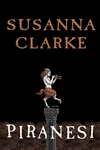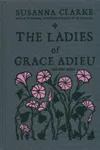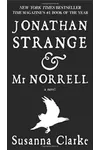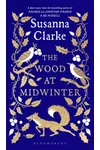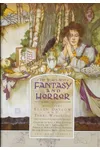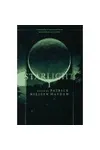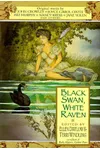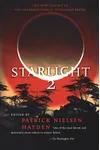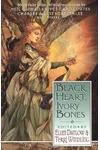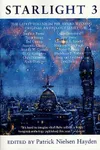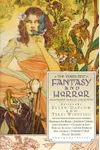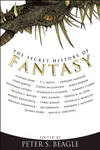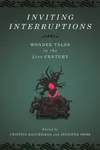Picture a British storyteller who spun a magical Regency England out of thin air—meet Susanna Clarke! Born in 1959, Clarke redefined fantasy with her debut novel, Jonathan Strange & Mr Norrell, a dazzling blend of historical precision and spellbinding magic. Her work, steeped in the wit of Jane Austen and the grandeur of Charles Dickens, invites readers into alternate realities where magic feels as real as a London fog.
Despite a quiet career interrupted by illness, Clarke’s small but mighty bibliography has left an indelible mark. From the labyrinthine mystery of Piranesi to her fairy-tale-infused short stories, her narratives are like stepping into a dream you don’t want to wake from. Let’s explore the life, works, and legacy of this literary sorceress.
The Making of Susanna Clarke
Susanna Mary Clarke was born on November 1, 1959, in Nottingham, England, the eldest daughter of a Methodist minister. Her childhood, shaped by frequent moves across Northern England and Scotland, sparked a love for stories by Sir Arthur Conan Doyle, Dickens, and Austen. After earning a degree in philosophy, politics, and economics at St Hilda’s College, Oxford, Clarke worked in publishing and taught English abroad in Italy and Spain. It was in Bilbao that the seed for Jonathan Strange & Mr Norrell sprouted—a vivid dream of a man in 18th-century garb with a magical past gone awry. Returning to England in 1992, she began crafting her masterpiece while editing cookbooks for Simonstats, she honed her craft through a fantasy workshop led by authors Colin Greenland and Geoff Ryman.
Susanna Clarke’s Unforgettable Stories
Clarke’s debut, Jonathan Strange & Mr Norrell (2004), is a sprawling epic set in an alternate 19th-century England where magic is being revived by two rival magicians. Its meticulous research, witty prose, and faux-scholarly footnotes earned it the Hugo Award and a BBC miniseries adaptation. The novel’s blend of historical fiction and fantasy—think Austen meets Tolkien—captivated millions, selling over four million copies worldwide.
In 2006, Clarke released The Ladies of Grace Adieu and Other Stories, a collection of fairy tales exploring women’s power through magic. These tales, set in the same universe as her debut, shimmer with feminist undertones and a sly humor. Her second novel, Piranesi (2020), is a haunting, compact tale of a man navigating an infinite, statue-filled house. Winning the 2021 Women’s Prize for Fiction, it showcases Clarke’s knack for crafting surreal, intimate worlds. Recently, she published The Wood at Midwinter (2024), a short Christmas fable tied to her magical England.
Clarke’s style is scholarly yet accessible, weaving historical authenticity with fantastical elements. Her themes—power, identity, and the cost of ambition—resonate deeply, making her work both timeless and innovative.
Why Susanna Clarke Matters
Susanna Clarke transformed fantasy by blurring the lines between literary and genre fiction. Her debut proved that fantasy could be intellectually rigorous, paving the way for authors like Neil Gaiman and Hilary Mantel to blend history and magic. Despite a 16-year gap between novels due to chronic fatigue syndrome, her return with Piranesi reaffirmed her genius, earning critical acclaim and a devoted fanbase. Clarke’s ability to make the impossible feel plausible has redefined what fantasy can achieve, inspiring readers to see the world through a magical lens.
About Susanna Clarke
- Born: November 1, 1959, in Nottingham, England
- Key Works: Jonathan Strange & Mr Norrell, The Ladies of Grace Adieu, Piranesi, The Wood at Midwinter
- Awards: Hugo Award (2005), World Fantasy Award (2005), Women’s Prize for Fiction (2021)
- Fun Fact: Clarke’s white hair appeared prematurely, giving her a distinctive, almost magical aura.
Snag Piranesi or Jonathan Strange & Mr Norrell and dive into Susanna Clarke’s enchanting blend of history and magic—you’ll be spellbound!
